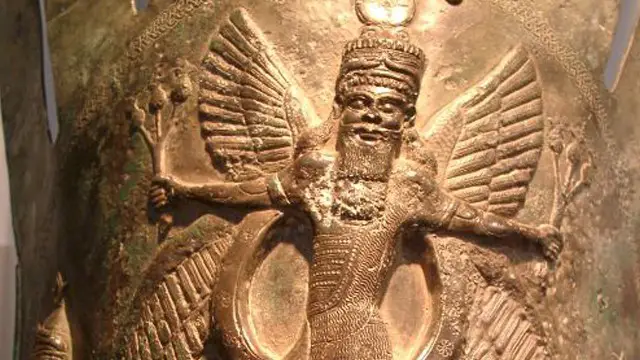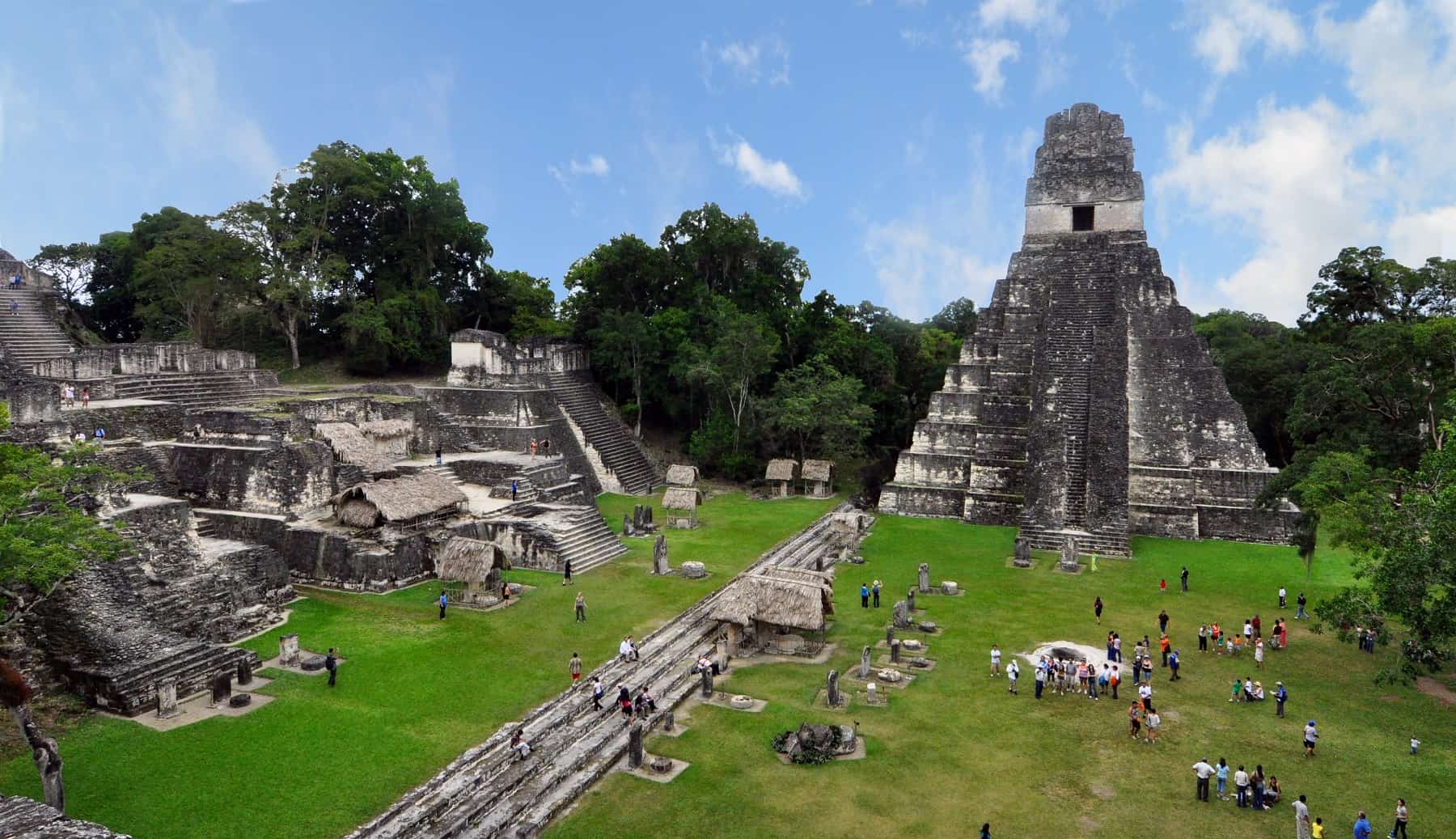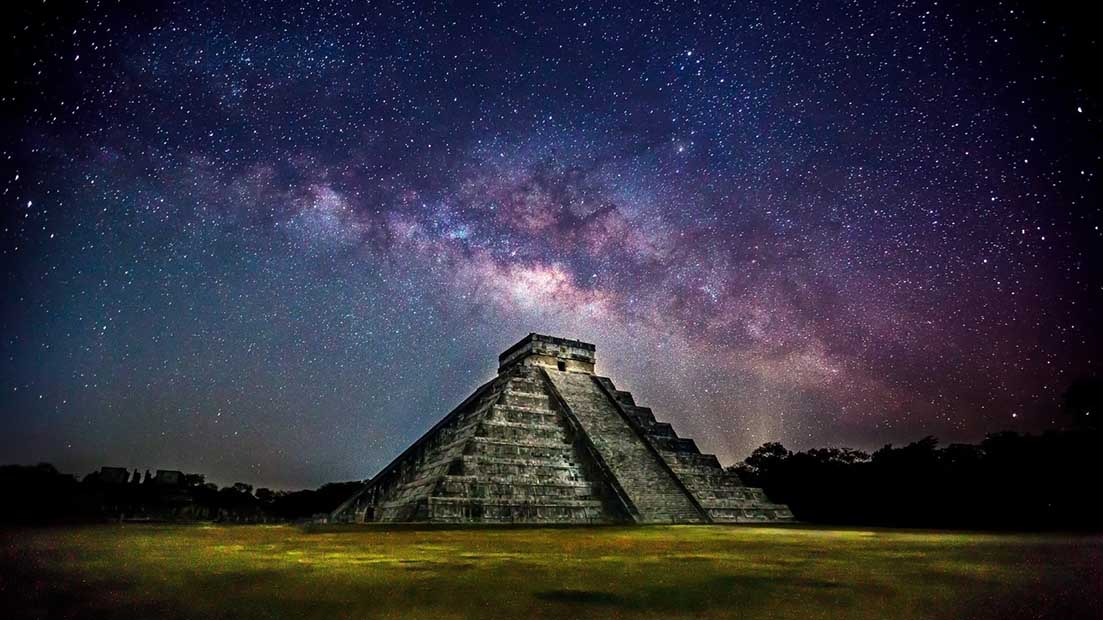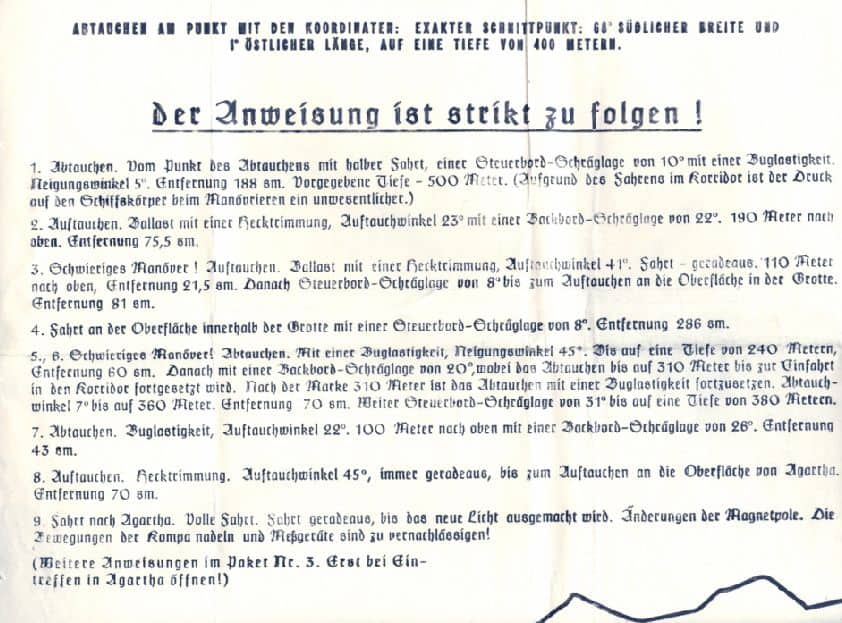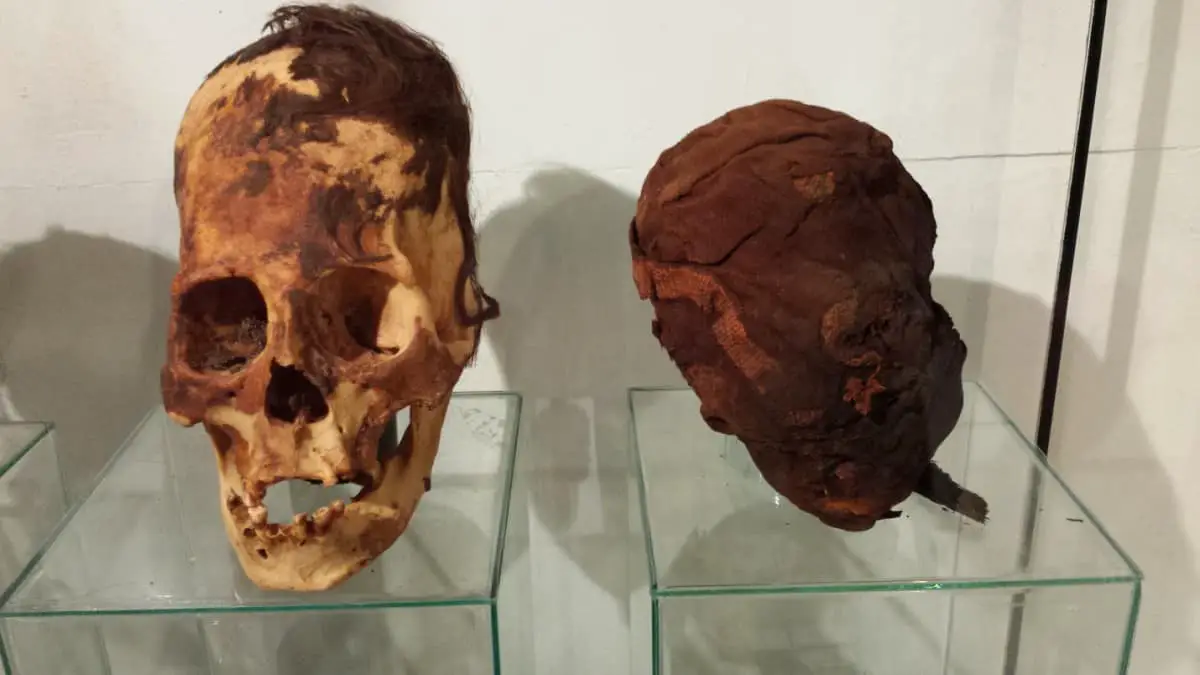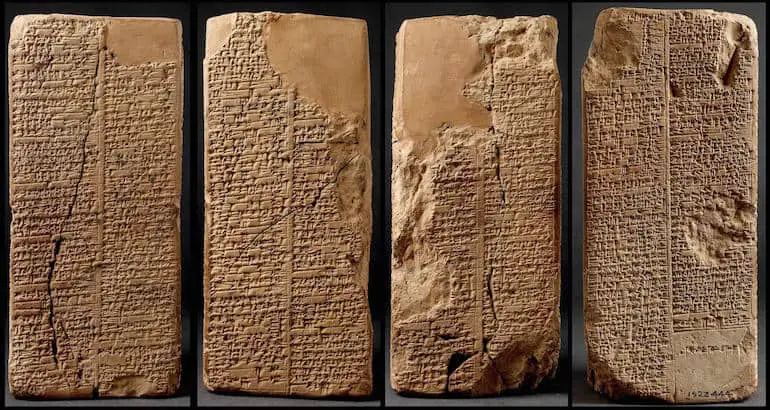
The Sumerian language is considered to be a language isolated in linguistics that does not seem to belong to any known linguistic form. Researchers have studied the ancient Sumerian language and tried making connections to other groups of languages but without success. The Sumerians invented the pictorial hieroglyphics that later transformed into cuneiform writing. Together with the ancient Egyptian writing system, the ancient Sumerian can compete in a race for the oldest known written language.
Known Sumerian texts discovered in the past include personal texts, business letters, transactions, receipts, lexical lists, laws, hymns and prayers, magic spells and scientific texts including mathematics, astronomy and medicine. Much of this material survived in time through copies and transcripts. Although the Semitic race became ruler of the region, the language, religion and law in Mesopotamia remained Sumerian.
The city of Nimrod, 80 kilometers southeast of Babylon, was excavated between 1,880 and 1,900. During excavations, researchers discovered around 50,000 tablets believed to have been written during the third millennium, including a library of 20,000 volumes, dictionaries and complete works on religion, literature, law and science. Strangely, archaeologists discovered a lot of Kings that seemed to have lived for hundreds of years.
Researchers have also discovered something called the Royal Sumerian List or the Sumerian King List, a historical document of great value left behind by ancient Mesopotamian scribes, written in Sumerian. This list, reflects the succession of kings from the earliest times until the conquests of Hammurabi. But there is something very peculiar about tis list, since the proposed periods seem to be impossible according to history. From the verifiable historical point of view, the first king mentioned in the list is Mebagaresi (2631-2601) of the city of Kish. Before him, all other rulers are believed to be ancient mythological antediluvian rulers or kings that ruled in the period before the great flood. The antediluvian reigns were measured in Sumerian numerical units known as sars (units of 3600), ners (units of 600), and sosses (units of 60).
“After the kingship descended from heaven, the kingship was in Eridug. In Eridug, Alulim became king; he ruled for 28800 years. Alaljar ruled for 36000 years. 2 kings; they ruled for 64800 years. Then Eridug fell and the kingship was taken to Bad-tibira. In Bad-tibira, En-men-lu-ana ruled for 43200 years. En-men-gal-ana ruled for 28800 years. Dumuzid, the shepherd, ruled for 36000 years. 3 kings; they ruled for 108000 years. Then Bad-tibira fell (?) and the kingship was taken to Larag. In Larag, En-sipad-zid-ana ruled for 28800 years. 1 king; he ruled for 28800 years. Then Larag fell (?) and the kingship was taken to Zimbir. In Zimbir, En-men-dur-ana became king; he ruled for 21000 years. 1 king; he ruled for 21000 years. Then Zimbir fell (?) and the kingship was taken to Curuppag. In Curuppag, Ubara-Tutu became king; he ruled for 18600 years. 1 king; he ruled for 18600 years. In 5 cities 8 kings; they ruled for 241200 years.” Then the flood swept over.”(Source : http://etcsl.orinst.ox.ac.uk/section2/tr211.htm)
“A total of 39 kings ruled for 14409 + X years, 3 months and 3 1/2 days, 4 times in Kic. A total of 22 kings ruled for 2610 + X years, 6 months and 15 days, 5 times in Unug. A total of 12 kings ruled for 396 years, 3 times in Urim. A total of 3 kings ruled for 356 years, once in Awan. A total of 1 king ruled for 420 years, once in Hamazi.
16 lines missing
A total of 12 (?) kings ruled for 197 (?) years, once in Agade. A total of 21 (ms. P4+Ha has instead: 23) kings ruled for 125 years and 40 days (ms. P4+Ha has instead: 99 years), once in the army of Gutium. A total of 11 (ms. P4+Ha has instead: 16) kings ruled for 159 (ms. P4+Ha has instead: 226) years, once in Isin. There are 11 cities, cities in which the kingship was exercised. A total of 134 (ms. P4+Ha has instead: 139) kings, who altogether ruled for 28876 + X (ms. P4+Ha has instead: 3443 + X) years. 21.” (Source : http://etcsl.orinst.ox.ac.uk/section2/tr211.htm)
Early dates are approximate, and are based on available archaeological data; for most pre-Akkadian rulers listed, this king list is itself the lone source of information.
Some of the rulers on the list are not verifiable according to researchers who suggest that some of the kings mentioned could have been mythological inventions in the distant past, yet researchers have unearthed several hundreds of thousands of artifacts covering all activities, all aspects of life of the rulers: government, administration justice, economy, personal relationships, science, history, literature and religion. These findings seem to point ancient history in a complexity new direction.
Source and reference:
The Early Chronology of Sumer and Egypt and the Similarities in Their Culture”, S. Langdon, The Journal of Egyptian Archaeology, Vol. 7
http://etcsl.orinst.ox.ac.uk/section2/tr211.htm
The Antediluvian Kings: A University of California Tablet”, J. J. Finkelstein, Journal of Cuneiform Studies, Vol. 17

